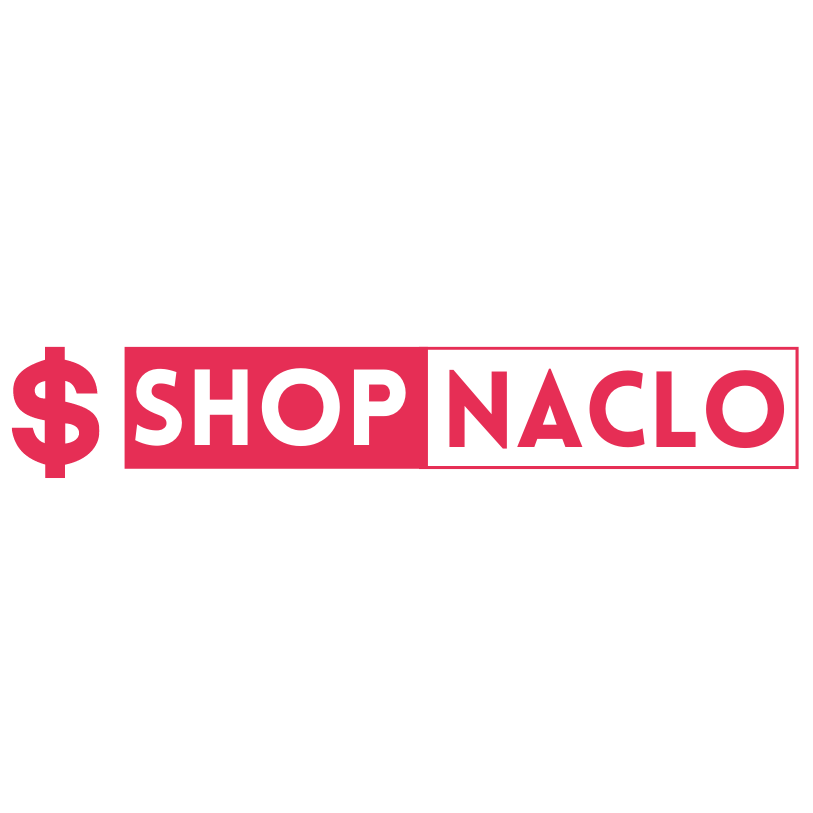A Free CTR Calculator is an essential tool that helps marketers measure the effectiveness of their online advertising campaigns and organic search listings by calculating the click-through rate. The click-through rate (CTR) is a percentage that shows how often people who see your ad or listing end up clicking on it. It is calculated by dividing the total number of clicks by the total number of impressions, and then multiplying the result by 100 to express it as a percentage.
Understanding the CTR Formula Components
| Metric | Formula Component | Definition | Importance |
| Clicks | The Numerator | The total number of times a user clicked on your ad, link, or listing. | Indicates that your message was compelling enough to provoke action. |
| Impressions | The Denominator | The total number of times your ad, link, or listing was displayed on a screen. | Represents the total reach or visibility of your content. |
| CTR | The Result (%) | (Total Clicks / Total Impressions) x 100 | Measures the immediate performance and relevance of your ad or listing. |
What Exactly is Click-Through Rate (CTR)?
Click-Through Rate, commonly abbreviated as CTR, is one of the most fundamental metrics in digital marketing. It serves as a primary indicator of how well your creative, messaging, and targeting are resonating with your intended audience. Whether you’re running a campaign on Google Ads, managing social media ads, or optimizing for organic search, CTR provides immediate feedback on your content’s ability to capture attention and persuade users to take the next step.
An impression happens every time your ad is shown on a search engine results page (SERP), a social media feed, or a website. A click happens when a user is intrigued enough by that impression to physically click on it. The resulting percentage, your CTR, is a direct measure of the ratio between these two actions. A high CTR suggests that your ad or listing is highly relevant and compelling to the users who see it, while a low CTR can indicate a disconnect between what users are searching for and what you are showing them.
Why is CTR a Critically Important Metric?
Monitoring your click-through rate is crucial for several reasons, as it has a direct impact on both the performance and the cost of your digital marketing efforts.
- Impact on Quality Score: In platforms like Google Ads, CTR is a major component of your Quality Score. A higher CTR signals to Google that your ads are relevant and helpful to users. As a reward, Google assigns you a higher Quality Score, which can lead to lower cost-per-click (CPC) and better ad positions, allowing you to get more traffic for less money.
- Gauge of Ad Relevance: CTR is the ultimate litmus test for the relevance of your ad copy and keyword targeting. If your PPC campaign is targeting the right keywords with compelling ad copy that matches user intent, you will naturally see a higher CTR. A low CTR is a clear warning sign that you need to refine your keywords, rewrite your ads, or both.
- Traffic Generation: A higher CTR directly translates to more traffic to your website or landing page for the same number of impressions. By optimizing for CTR, you are maximizing the potential of your visibility and driving more potential customers into your sales funnel.
- Organic Ranking Signal (SEO): While Google has been cagey on the subject, there is a strong correlation and belief among SEO experts that a high organic CTR is a positive ranking signal. A high CTR from the SERPs tells Google that users find your listing to be the most relevant result for a given query, which can contribute to improved rankings over time.
What is a Good Click-Through Rate?
This is the million-dollar question, and the answer is: it depends. A “good” average CTR varies dramatically based on several factors:
- Industry: Some industries naturally have higher CTRs than others. For example, the legal and financial services industries often have lower average CTRs due to high competition and user caution, while hobbies or retail may have higher rates.
- Channel: The expected CTR on the Google Search Network will be vastly different from the Google Display Network or a Facebook ad. Search ads typically have the highest CTR because they respond directly to user intent.
- Keyword Intent: The CTR for branded keywords (e.g., “Nike shoes”) will almost always be higher than for non-branded, informational keywords (e.g., “best running shoes”).
- Ad Position: The ad or listing in the #1 position on a search results page will naturally have a significantly higher CTR than the one in the #5 position.

As a very general benchmark, the average CTR for Google Ads on the search network is around 3-5%. However, a well-optimized campaign can easily achieve rates of 10% or higher for specific ad groups. For organic search, a #1 ranking can command a CTR of 30% or more.
How to Improve Your Click-Through Rate
Improving your CTR is an ongoing process of testing and refinement. Here are proven strategies to boost your performance across both paid and organic channels.
For PPC Campaigns (Google Ads, Microsoft Ads)
- Utilize Ad Extensions: Ad extensions are one of the easiest ways to increase your ad’s visibility and CTR. Sitelink, callout, and structured snippet extensions make your ad larger and provide more information, giving users more reasons to click.
- Write Compelling Ad Copy: Your headline and description are your pitch. Use a strong call-to-action (CTA) like “Shop Now & Save 50%” or “Get a Free Quote Today.” Include keywords in your headline to show immediate relevance and highlight your unique selling proposition (USP).
- Implement Negative Keywords: Prevent your ads from showing for irrelevant searches by maintaining a robust negative keyword list. This stops you from wasting impressions on users who are not looking for your product, which naturally improves the CTR of the relevant audience.
- Use Smart Bidding Strategies: Leverage automated bidding strategies like Enhanced CPC (eCPC) or Maximize Clicks, which can help optimize your bids to get more clicks within your budget.
- Create Tightly Themed Ad Groups: Don’t lump hundreds of keywords into one ad group. Create small, tightly-themed ad groups where the keywords are highly relevant to the ad copy. This ensures maximum relevance and a higher CTR.
For Organic Search (SEO)
- Optimize Your Title Tag: The title tag is the most important element for your organic CTR. Make it compelling, include your primary keyword, and keep it within the 55-65 character limit to avoid truncation. Using numbers, questions, and emotional words can increase clicks.
- Craft an Enticing Meta Description: Your meta description is your ad copy for organic search. While it’s not a direct ranking factor, a well-written description that summarizes the page’s value and includes a CTA can significantly improve your organic CTR.
- Leverage Structured Data (Schema Markup): Implementing schema markup can generate “rich snippets” in the SERPs, such as star ratings, FAQ accordions, or event information. These visual enhancements make your listing stand out and can dramatically increase clicks.
- Analyze Your Search Query Data: Use Google Search Console to see which queries are driving impressions but have a low CTR. This can reveal opportunities to better align your title tags and meta descriptions with the language users are actually searching for.
CTR vs. Conversion Rate: Understanding the Difference
It’s crucial to understand that a high CTR is not the ultimate goal; it is a means to an end. The ultimate goal is conversions.
- Click-Through Rate (CTR) measures how many people clicked on your ad or listing.
- Conversion Rate measures how many of those people who clicked then took a desired action (e.g., made a purchase, filled out a form).
You can have a very high CTR with a low conversion rate. This often happens with misleading ad copy (“Clickbait”) that entices the click but fails to deliver on the promise on the landing page. The sweet spot is a high CTR that brings relevant, high-intent traffic to a landing page that is optimized to convert that traffic. Always analyze CTR in conjunction with conversion data to get the full picture of your campaign’s success.



